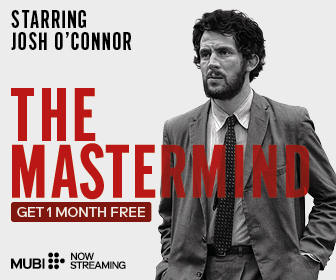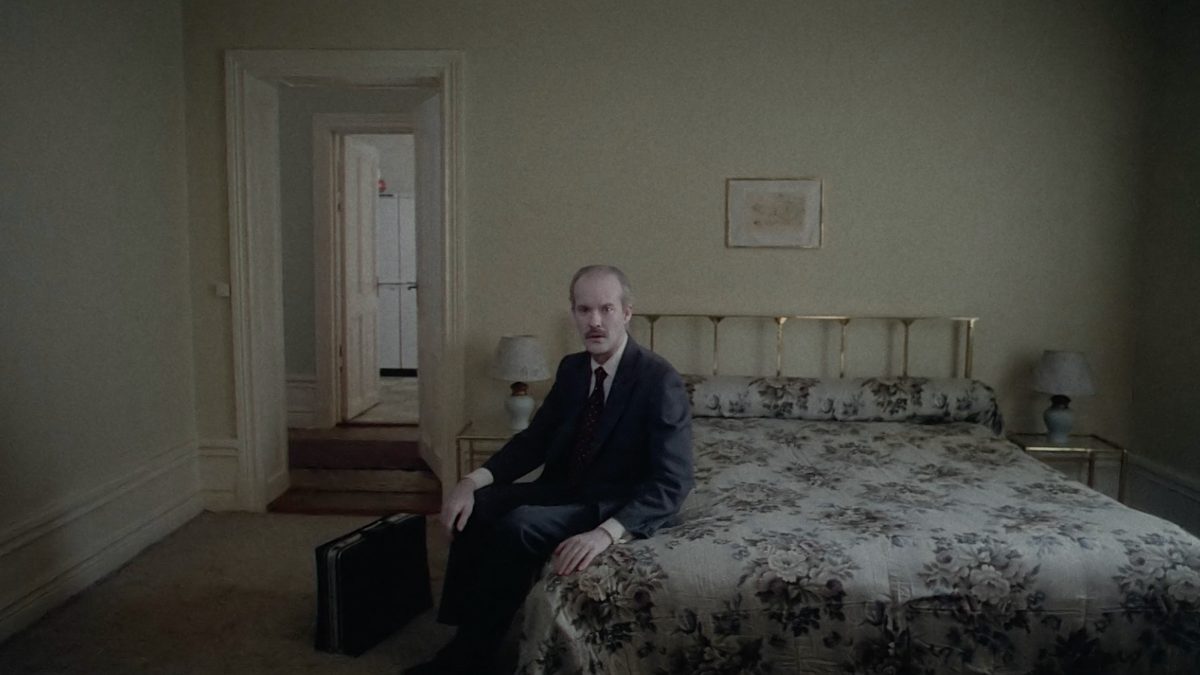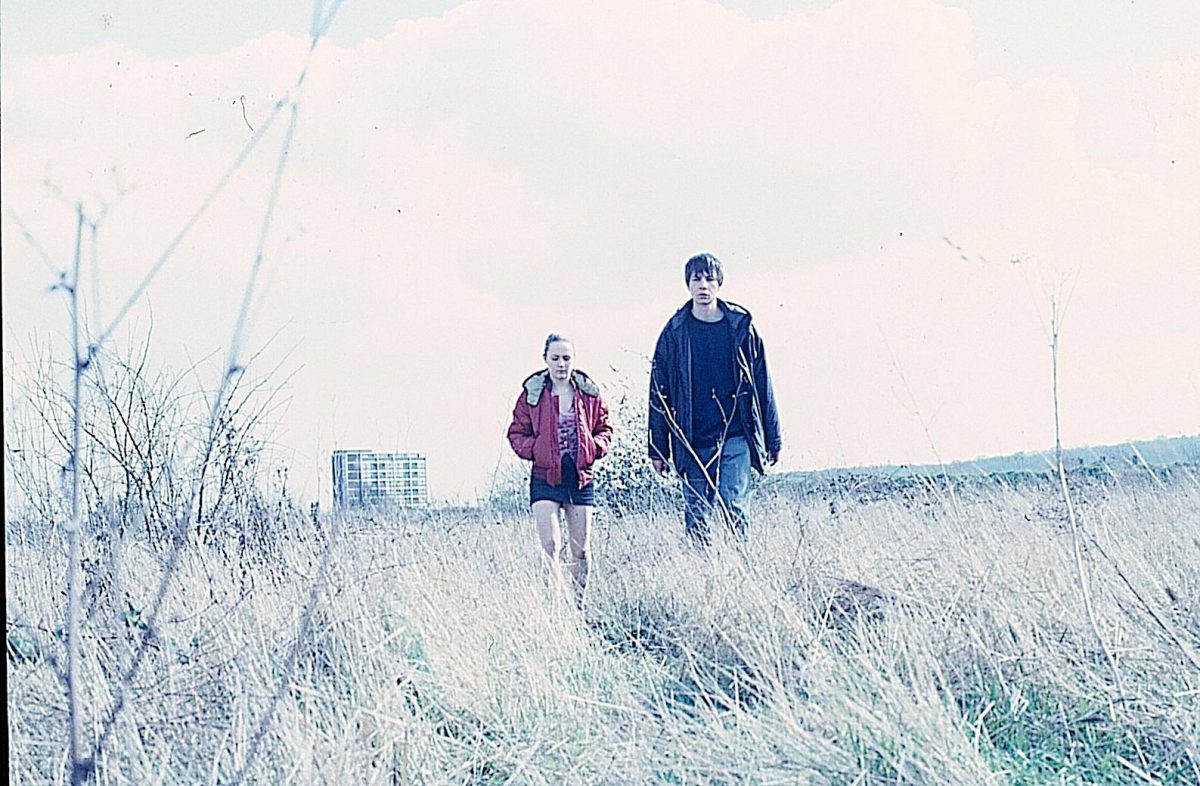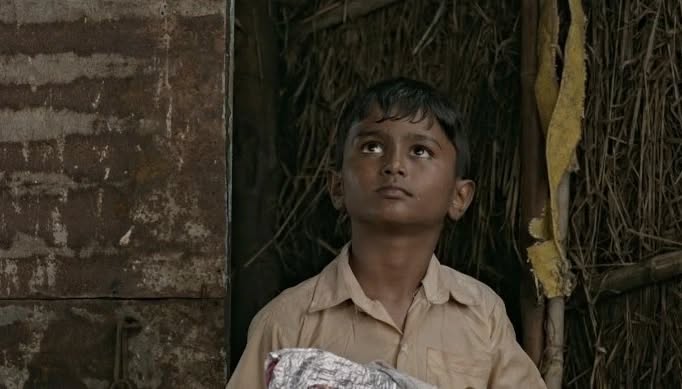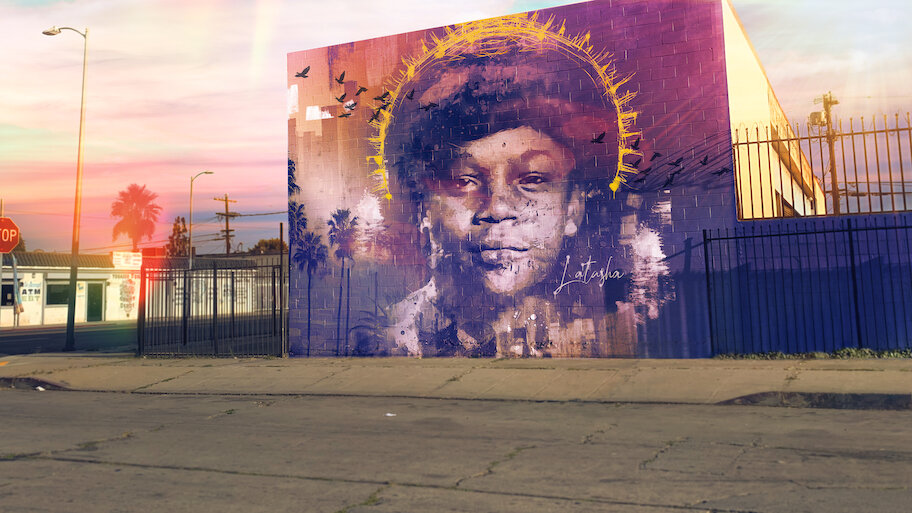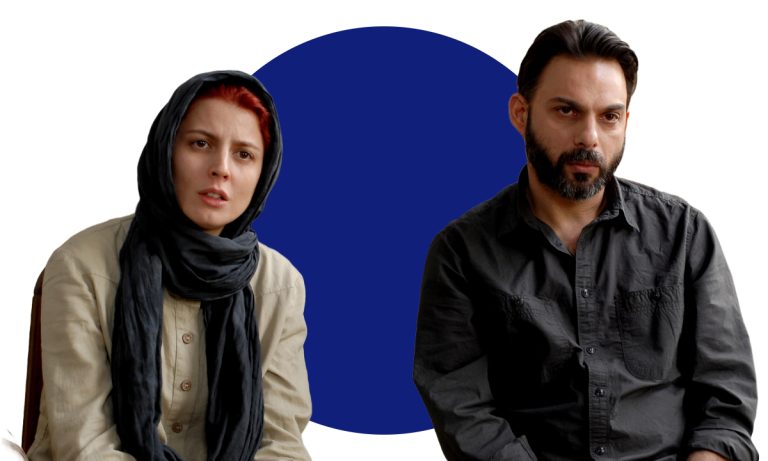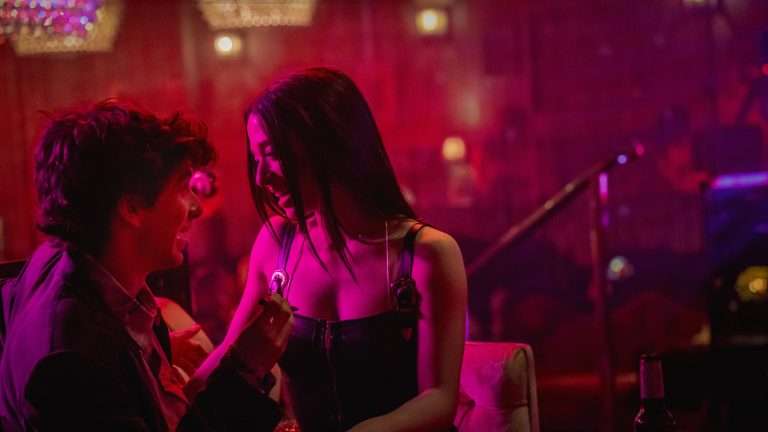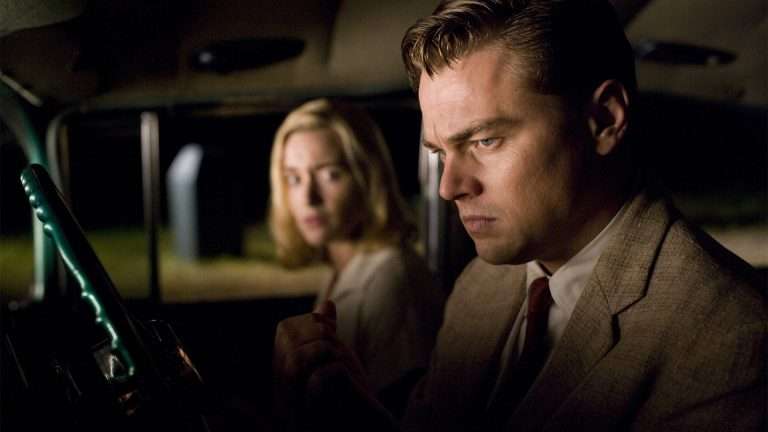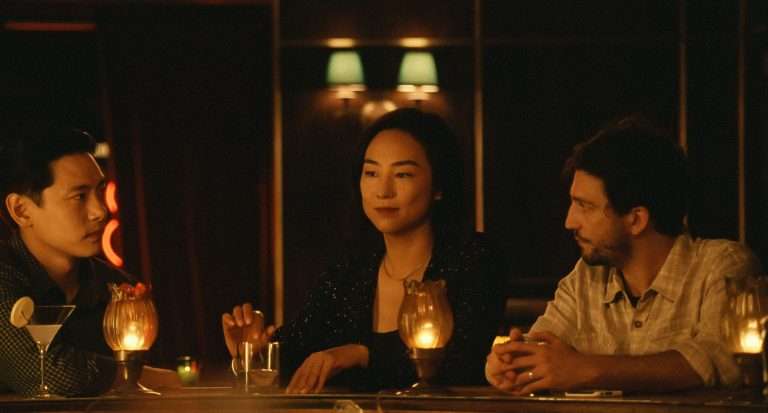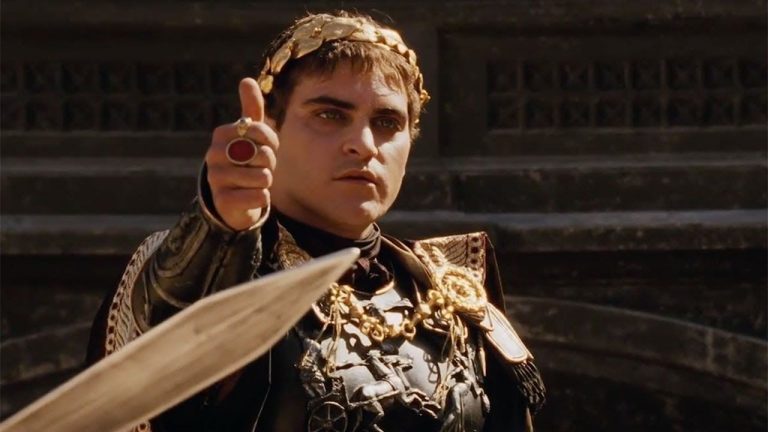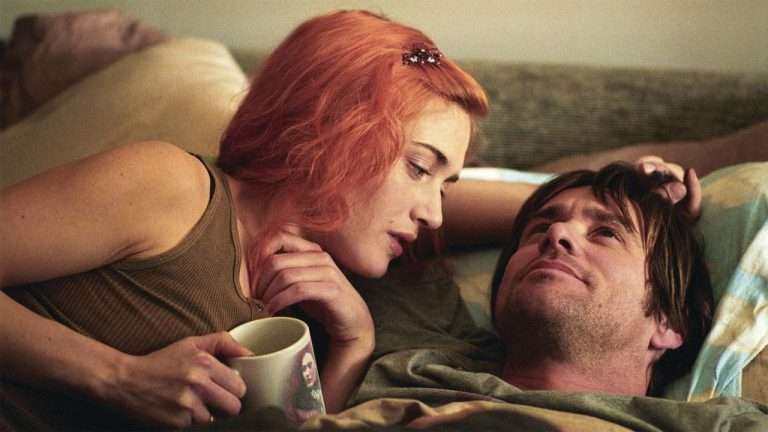Some films shout their politics; others whisper them so gently that you only hear them after the credits roll. This list is about those whispers. Films that hide their politics in plain sight. They occupy the everyday, the ordinary, the seemingly apolitical, yet through rhythm, framing, silence, or irony, they expose everything about the world that made them.
It’s amazing how some of the most affecting short films don’t declare their political stance; they let it seep through the cracks: through the rain, the laughter, the mundane gestures that linger. These are shorts that rarely tell you what to think, yet leave you questioning what you’ve just seen, and what in you responded to it.
I want to thank Damayanti for initiating a conversation about wanting to make a film where the politics is subtle. That conversation made me browse through my Letterboxd, and I realized I’ve seen several such works. The next thing I wanted to do was make this list and recommend it to others. Here are 10 powerful shorts that hide their politics in plain sight:
1. Long Haired Hare (1949, Chuck Jones)
You’ll have to find the short yourself, but here’s a glimpse:
“Long-Haired Hare” (1949) may seem like another of Bugs Bunny’s mischievous escapades, but beneath its comic brilliance lies a sharp critique of artistic elitism. Through the conflict between Bugs and the pompous opera singer Giovanni Jones, the film turns a simple gag into a biting satire on how established artists often act as gatekeepers of culture. Bugs, representing the popular and accessible side of art, refuse to be dismissed by the pretensions of “high art.”
His revenge, disrupting a refined concert with his mischievous musicality, becomes an act of rebellion against the rigid hierarchies that define what counts as “real” art. By weaponizing humor, Chuck Jones disguises a class commentary within slapstick chaos, letting his politics hide in plain sight. It’s a cartoon that laughs at itself while dismantling the snobbery that separates the concert hall from the street corner, reminding us that art, at its core, belongs to everyone.
Also, Check out: 10 Great Animation Short Films You Can Watch Right Now
2. Two (1965, Satyajit Ray)
“Two” can be perceived as a commentary on class divide or as a battle between the powerful and the weak, or simply as a tale of friendship that can bloom between the most unlikely set of individuals. Ray stages it with deceptive simplicity. A rich boy in his apartment, a poor boy on the street, their toys becoming tools in a silent duel.
Through their playful rivalry, the film gradually exposes the invisible structures of privilege. The boy upstairs has money, gadgets, and comfort; the boy below has imagination and grit. When one boy’s laughter turns into another’s loss, the film’s politics surface without a word being spoken. “Two” is about childhood, yes, but also about power, about how early we learn to compete, to dominate, and to mistake destruction for victory.
3. Women Reply (1975, Agnès Varda)
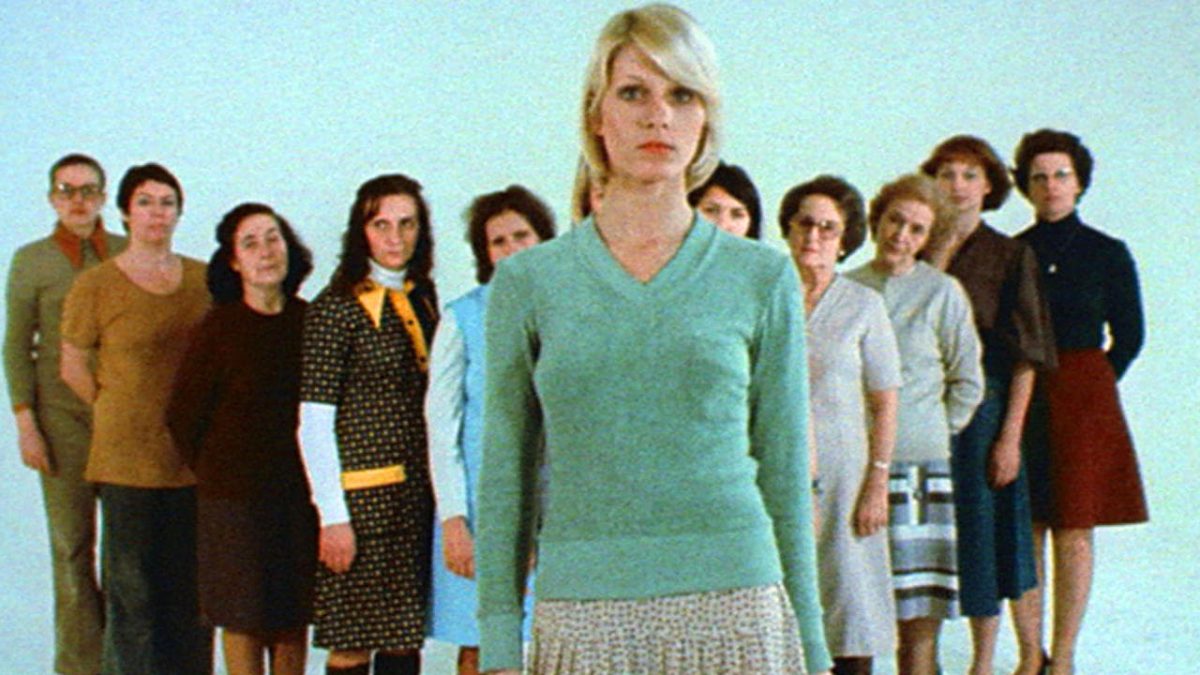
Agnès Varda’s “Women Reply” (1975) may initially appear as a playful collage of questions and responses about womanhood, but its politics hide beneath its lively surface. The image of the half-naked woman, one side clothed, the other bare, is the film’s most striking emblem, encapsulating the hypocrisy of a society that commodifies women’s bodies while simultaneously policing them.
Varda uses humor, curiosity, and visual playfulness as camouflage for her anger, crafting a work that feels conversational yet charged with quiet rebellion. Through her subjects’ voices and her own editing choices, she dismantles patriarchal contradictions not by shouting them down but by mirroring them back to us with irony and grace. Furthermore, “Women Reply” hides its anger in plain sight: its laughter is edged with resentment, its tenderness with protest. What seems light and spontaneous becomes, on reflection, one of Varda’s most piercing feminist confrontations.
Couldn’t find it on YouTube, but it’s available for streaming on The Criterion Channel.
4. Cycling the Frame (1988, Cynthia Beatt)
Tilda Swinton rides her bicycle along the Berlin Wall, tracing its vast and absurd presence as it cuts through fields, streets, and everyday life. “Cycling the Frame” observes this journey with a quiet curiosity. The camera glides beside her, revealing how the Wall seeps into the landscape and the psyche of those who live beside it. Swinton’s encounters and reflections form a subtle protest against division, her movement suggesting both defiance and contemplation.
What’s striking is how ordinary everything around the Wall appears. People live, walk, and work in its shadow, almost pretending it isn’t there. Moreover, the film becomes less about geography and more about perception: how a border becomes normalized, how surveillance becomes scenery. It’s a calm, haunting meditation on separation and denial, and on how absurdly easy it is for humanity to build walls, both physical and psychological, and then learn to ignore them.
5. World of Glory (1991, Roy Andersson)
Roy Andersson’s “World of Glory” begins with something truly unsettling and disturbing: a haunting image that feels ripped straight from humanity’s buried conscience. The rest of the film unfolds in Andersson’s signature deadpan frames, where the protagonist takes us through fragments of his mundane routine: brushing his teeth, visiting work, interacting with neighbors, and performing banal daily tasks.
Yet, as we watch these static, pale compositions of ordinary life, the opening scene continues to echo in our minds. The horror lingers like a shadow over the soulless civility of modern existence. Andersson isn’t just showing banality; he’s testing our moral endurance, whether we can continue to go about our day after witnessing such cruelty. “World of Glory” turns the viewer into both witness and accomplice, asking not what we saw at the beginning, but why we so easily moved on.
Since this short is age-restricted, you have to watch it on YouTube.
6. Dog (2001, Andrea Arnold)
“Dog” is an incredible short film by Andrea Arnold in which a girl loses her innocence as she witnesses the extent of the cruelty man is capable of. She understands the world better when she chooses to bark at the end of the road. Arnold builds an unflinching portrait of a young girl trapped in a world where violence and desire blur into something raw. The camera stays close, restless, forcing us to breathe her confusion and fear.
The title itself becomes a haunting metaphor on several levels; men act like dogs, territorial and aggressive, while the girl’s final bark is both surrender and revolt, a primal cry against the world’s brutality. “Dog” also mirrors her loss of language, the point where human empathy breaks down. Arnold’s world feels painfully familiar — one where survival means learning to bark back.
It used to be available on MUBI.
7. Café Regular, Cairo (2011, Ritesh Batra)
On the outside, this short film by Ritesh Batra seems like a sweet, harmless conversation between a young couple contemplating having sex for the first time. But within the cultural context of Cairo, the act becomes far more loaded than that. What unfolds is not merely a private dilemma. It’s a negotiation between desire and tradition, love and morality, modernity and repression.
Batra delicately captures how something as universal as intimacy becomes a site of tension in societies where sex is policed not only by religion and patriarchy but also by a collective gaze that governs individual behavior. The film’s restraint mirrors the characters’ own: what’s left unsaid carries more weight than what’s spoken. It’s an intimate political film disguised as a tender human moment, one that reveals how even love must whisper in certain corners of the world.
8. An Essay of the Rain (Pavasacha Nibandh) (2017, Nagraj Manjule)
A gut-punch of a short film that puts your head down in shame and makes you look at your privilege with utter disgust. It also doesn’t care to inspire you or redeem your guilt. “An Essay of the Rain” confronts you with the quiet violence of indifference. Its beauty is deceptive. Initially, the rain, the rhythm, the everyday texture of rural life, softens you just enough for the truth to land harder.
The film follows a young boy who, after a grueling day marked by hardship, struggles to write an essay about the rain, a simple school assignment that becomes impossibly heavy in his world. When he likely fails to turn it in, his teacher’s cold indifference cuts deeper than any punishment. It doesn’t dramatize poverty; it observes how we coexist with it. There’s no closure, just the unsettling realization that the film has seen us and has quietly judged us.
I remember streaming it on Zee5.
9. A Love Song for Latasha (2019, Sophia Nahli Allison)
Okay, perhaps this is the only short in this list that doesn’t really hide its politics, but it does shift focus from politics to the individual. It was endearing to see the approach with which Latasha’s friends talked about the tragedy of her death. Of course, it was a crime of racism, but the reminiscence mentioned just one impulsive woman, a store owner who shot Latasha. Latasha’s death, like George Floyd’s or any life lost to racial violence, should not only be remembered as a statistic or a headline.
“What A Love Song for Latasha” does so powerfully is restore her humanity. Through memories, dreams, and textures of daily life, it reclaims Latasha from the narrative of victimhood and reminds us that she was a person before she became a symbol. The film insists that remembrance must include joy, ambition, and individuality; the fullness of a life interrupted. It resists the binary of white and black, good and evil, and instead asks us to grieve as humans, not spectators to history.
A Love Song for Latasha is available on Netflix.
10. The Neighbors’ Window (2019, Marshall Curry)
My favorite bit was when the husband asks if they should turn the lights off while watching their neighbors, the young, carefree couple across the street, making love in plain sight. The wife replies, “No, why would we? We’re not the ones doing (anything wrong),” and then, mid-sentence, realizes the irony.
That quiet moment flips the film on its head. “The Neighbors’ Window” isn’t really about the couple being watched. It’s about the act of watching, and how easily curiosity turns into intrusion. What begins as envy transforms into shame. The irony of their gaze is political in its own way, a reflection on entitlement, on the assumed right to look into someone else’s life without consequence, without realizing how much of themselves it reveals.

